If you’ve spent any time in Sweden, you’ve probably heard the word fika, and if you haven’t, you’re missing out on one of the most cherished Swedish traditions. More than just a coffee break, fika is a way of life, deeply ingrained in Swedish culture. It’s about slowing down, taking a moment to enjoy a warm cup of coffee (or tea), and connecting with friends, family, or colleagues. But what makes fika so special? And why is it such an important part of Swedish daily life? Let’s explore why this simple yet powerful tradition matters.
What Is Fika?
Fika is the act of taking a break to enjoy coffee and something sweet, often in the company of others. While it may seem like just another coffee break, fika is more than that, it’s about relaxation, mindfulness, and social connection. Fika isn’t rushed. It’s not about grabbing a coffee to go. Instead, it’s a moment to pause, unwind, and appreciate the present. Whether at home, in the office, or at a cozy café, Swedes make time for fika daily.
The Origins of Fika
The word fika comes from an old Swedish slang term that originated in the 19th century, where the letters in “kaffi” (an old spelling of coffee) were switched around to form “fika.” Over time, fika evolved into a cultural practice, becoming an essential part of Swedish work culture and social life.
Sweden has long been one of the world’s top coffee-consuming countries, and fika plays a big role in that. Coffee first arrived in Sweden in the late 1600s, and by the 18th century, it had become a popular drink among all social classes. Today, fika is a deeply rooted tradition that Swedes take seriously.

Why Fika Matters in Sweden
It Strengthens Social Bonds. Fika isn’t just about drinking coffee, it’s about connection. Whether with colleagues, friends, or family, fika provides an opportunity to slow down and engage in meaningful conversations. In a country known for its reserved social culture, fika is an important way for Swedes to build relationships.
Many workplaces in Sweden have designated fika breaks where employees gather to chat over coffee and pastries. It’s a time to step away from work, bond with colleagues, and share ideas in a relaxed setting. Even in remote work settings, some Swedish companies have introduced virtual fika, where employees take a break together over a video call to maintain the social aspect of fika.
It Promotes Work-Life Balance. Swedes are known for valuing work-life balance, and fika plays a role in that. Taking regular breaks throughout the day improves productivity and reduces stress. Instead of working nonstop, Swedes understand the importance of stepping away for a moment to refresh and refocus. In fact, many Swedish companies encourage fika breaks, believing they lead to better collaboration, creativity, and overall job satisfaction.
It’s a Form of Mindfulness. In today’s fast-paced world, we often rush from one task to another without taking a moment to breathe. Fika encourages mindfulness, the simple act of being present and enjoying the moment. Whether sipping a cup of coffee in a quiet café or sharing a cinnamon bun with a friend, fika reminds us to slow down and appreciate the little things.
It’s an Excuse to Enjoy Swedish Pastries. No fika is complete without a sweet treat! Sweden has a fantastic selection of pastries that pair perfectly with coffee. Some of the most popular fika treats are:
- Kanelbulle, the famous Swedish cinnamon bun, often flavored with cardamom and topped with pearl sugar.

- Semla, a cardamom-spiced bun filled with almond paste and whipped cream, traditionally eaten before Lent.
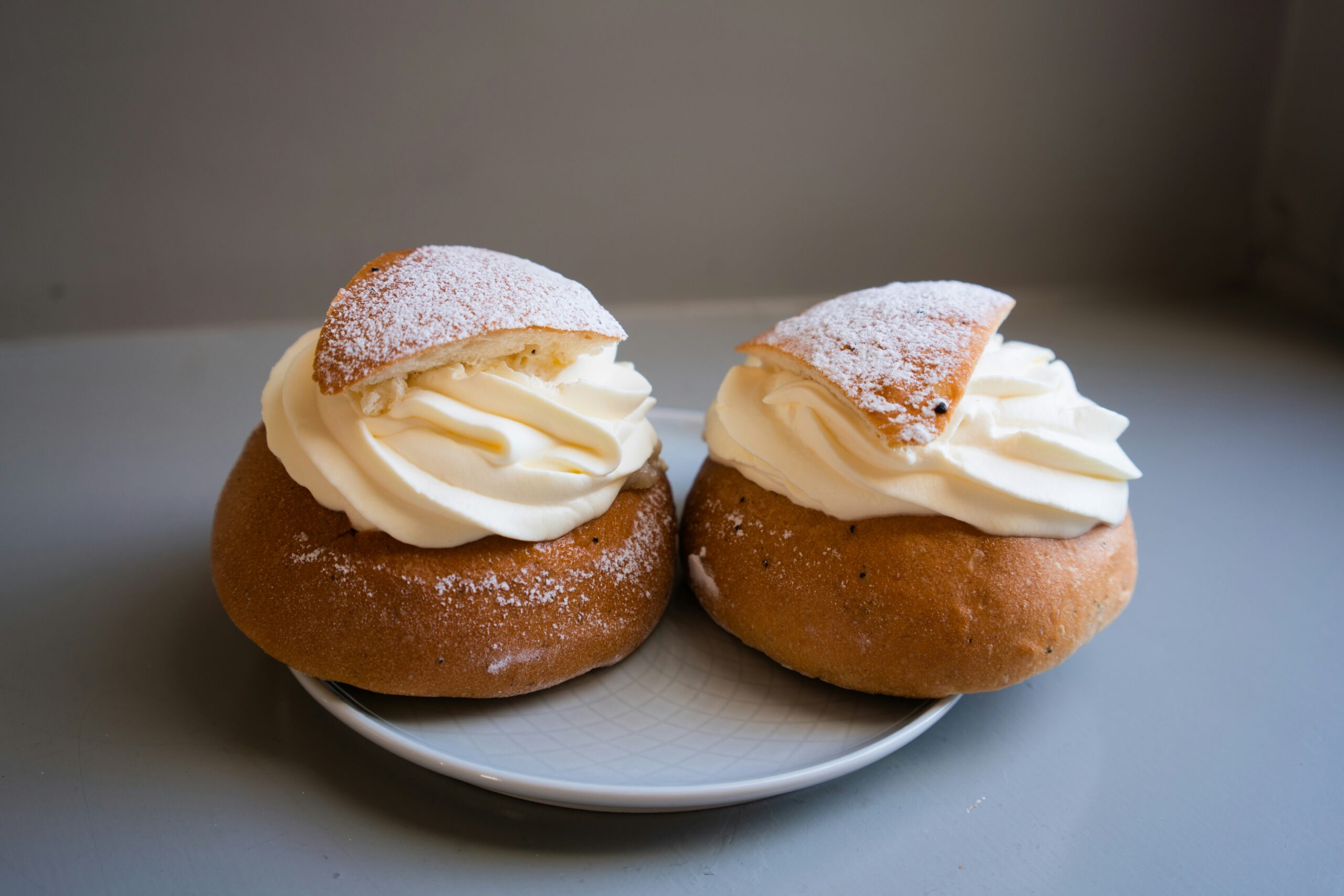
- Prinsesstårta, a green marzipan-covered cake with layers of sponge, raspberry jam, and vanilla custard.
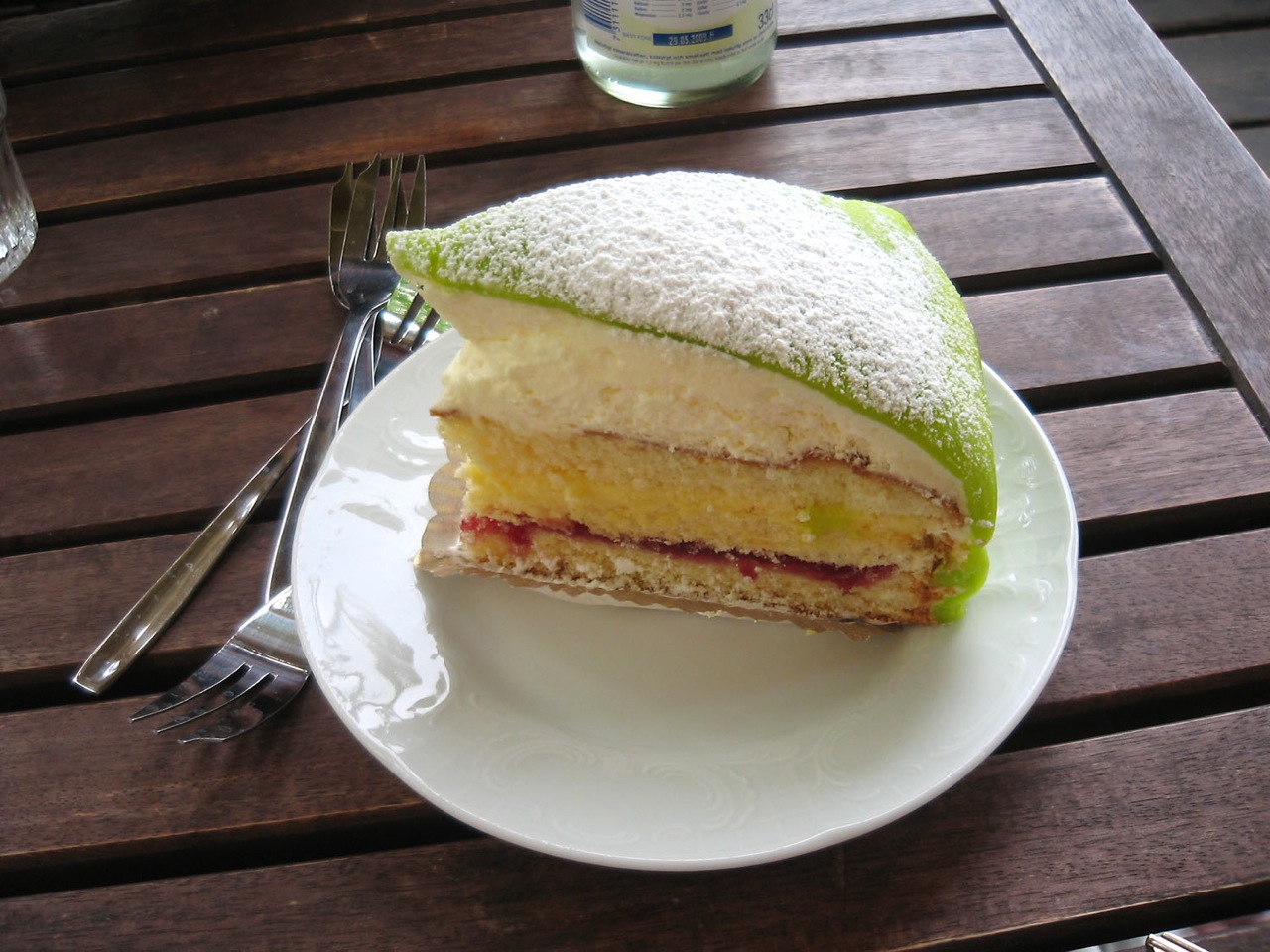
- Chokladboll, a simple but delicious chocolate and oat ball rolled in coconut or pearl sugar.
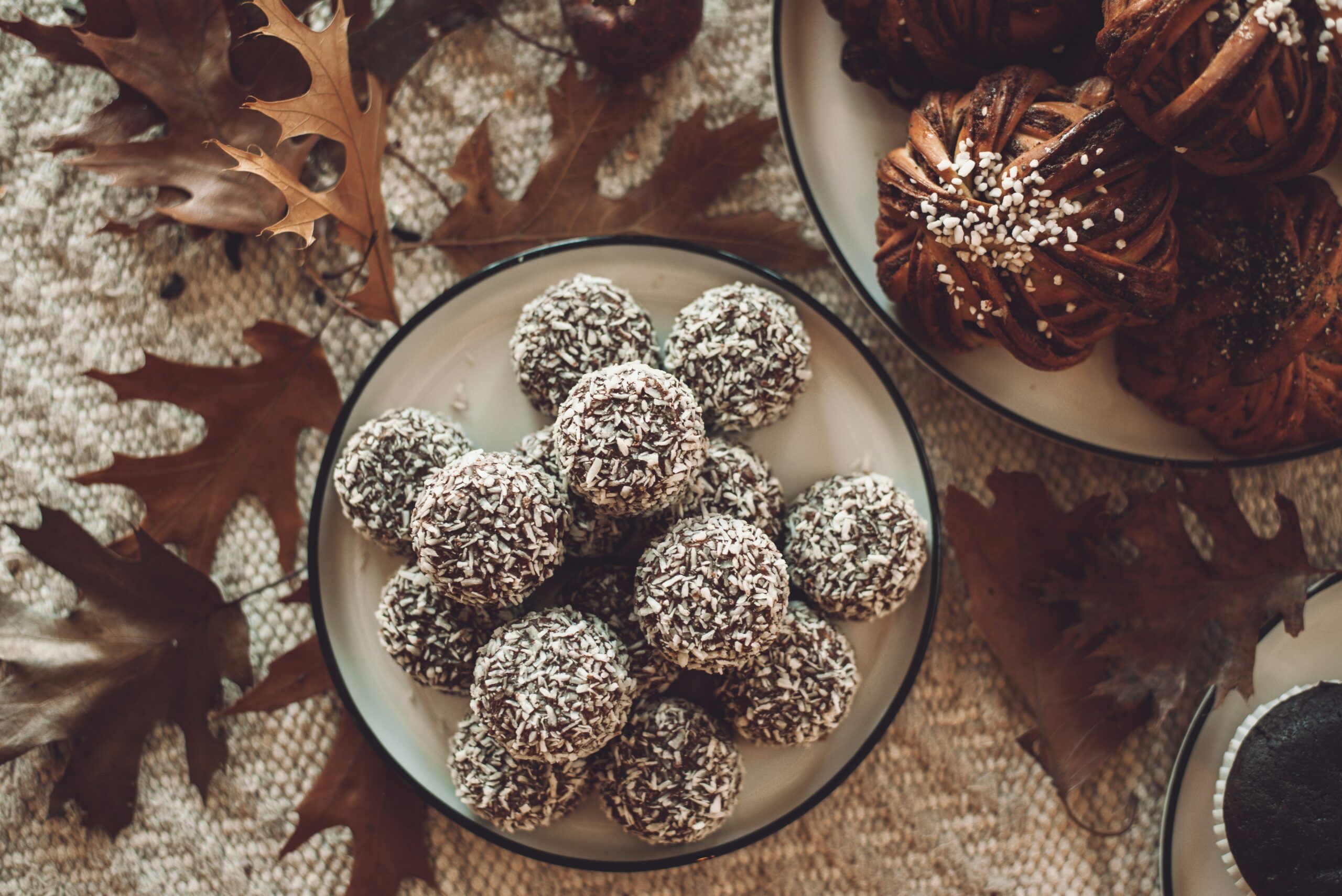
- Kladdkaka, a gooey Swedish chocolate cake, similar to a brownie but richer and denser.
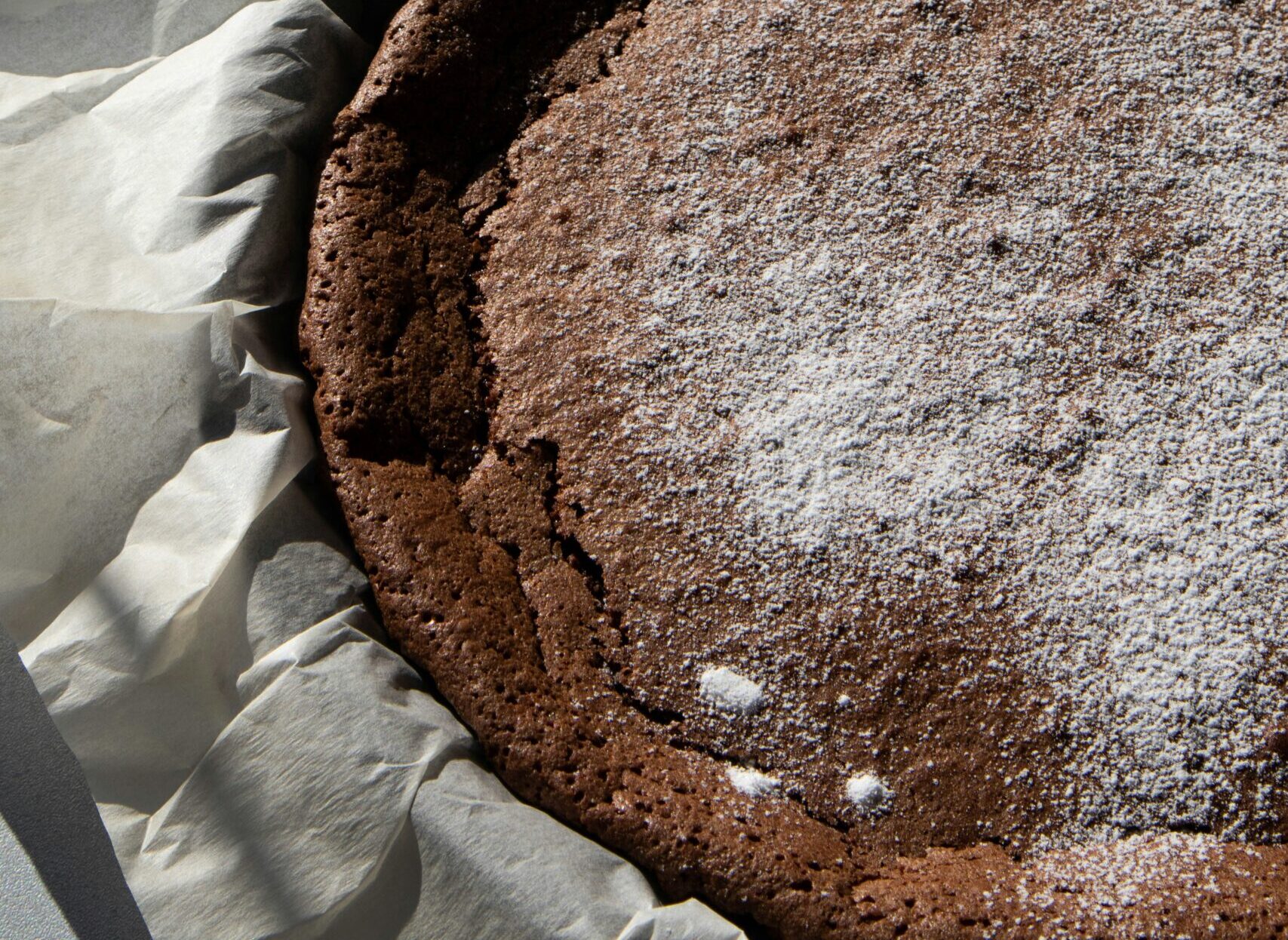
These pastries are an essential part of fika culture, making each coffee break feel like a small celebration.
How to Experience Fika Like a Swede
If you’re new to Sweden or just want to embrace the tradition, here’s how you can enjoy fika like a true Swede:
Take Your Time. Fika is not meant to be rushed. Set aside at least 15–30 minutes to sit down, relax, and enjoy your coffee and treat without distractions.
Choose Good Coffee. Swedes love their coffee strong and black, but you can also opt for a latte or cappuccino. If you’re not a coffee drinker, tea works just as well!
Pair It with a Treat. Grab a cinnamon bun, a chocolate ball, or any traditional Swedish pastry. While fika can be as simple as coffee alone, the combination of coffee and something sweet is what makes it special.
Make It Social. Fika is best enjoyed with others. Invite a friend, coworker, or family member to join you. If you’re at work, take advantage of fika breaks to bond with colleagues.
Find a Cozy Café. Sweden has no shortage of charming cafés where you can enjoy fika. Some of the best places:
- Vete-Katten (Stockholm) – A classic bakery known for its excellent pastries.
- Café Husaren (Gothenburg) – Famous for its giant cinnamon buns.
- Broder Jakobs (Lund) – A cozy café with a great selection of fika treats.
Fika is more than just coffee and cake, it’s a cultural institution that reflects Sweden’s values of work-life balance, social connection, and mindfulness. Whether you’re new to Sweden or just visiting, embracing fika is one of the best ways to experience Swedish culture. So, why not take a break, pour yourself a cup of coffee, and enjoy a moment of fika today?
Have you experienced fika in Sweden? What’s your favorite fika treat? Let me know in the comments!
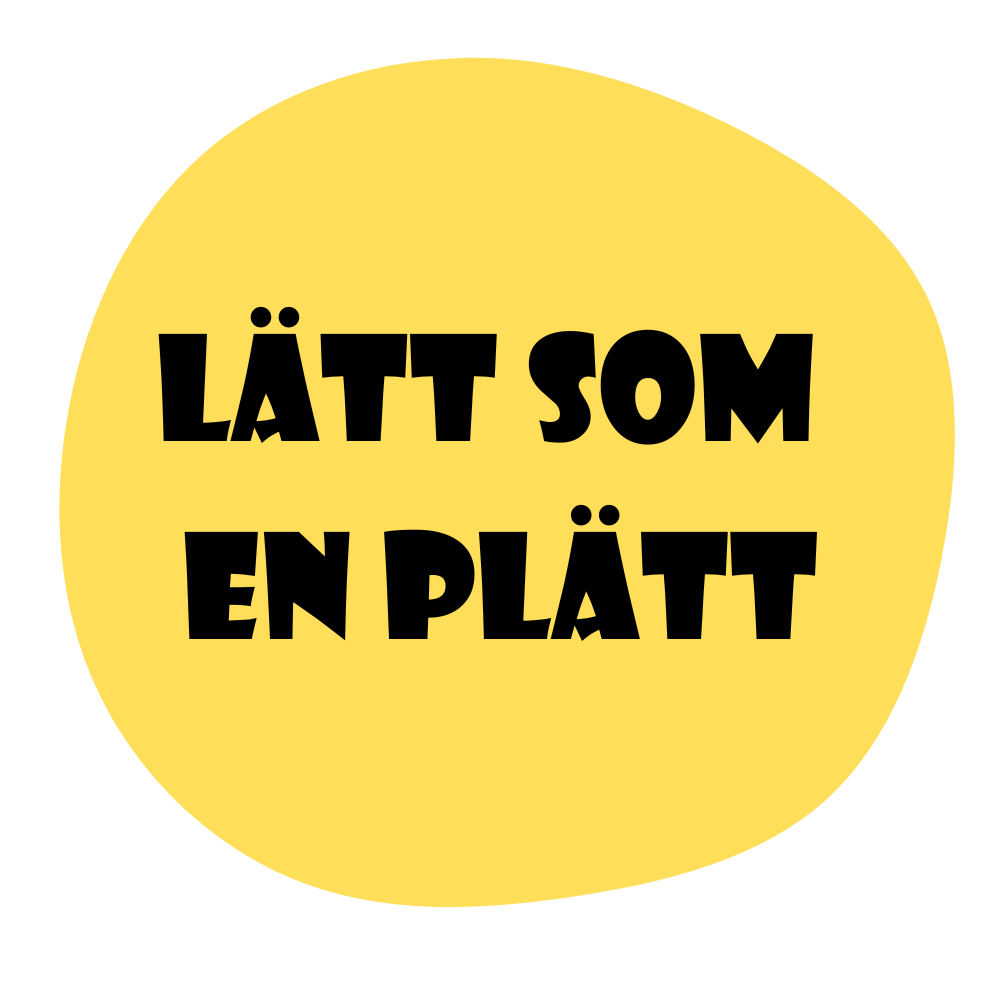



I personally find the fika concept both inspiring and necessary, especially in today’s hustle culture. Too often, we glorify non-stop productivity without realizing that sustainable creativity and good work come from moments of rest and reflection. Fika is a beautiful reminder that taking a mindful, social break isn’t a waste of time — it’s an investment in your wellbeing and relationships.
If more workplaces adopted a fika-like tradition, I believe we’d see happier, more creative, and collaborative teams. It’s a small change with potentially big cultural and emotional payoffs.